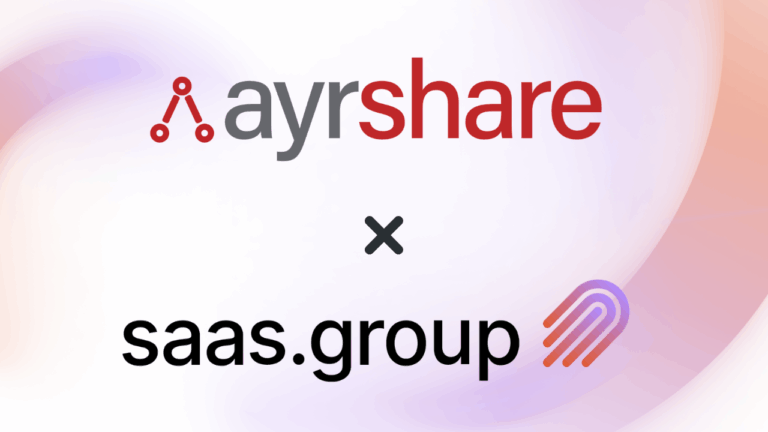If you’re a SaaS founder gearing up for an acquisition, getting a handle on financial due diligence is key. This stage is crucial because it determines how attractive your company looks to potential buyers. To make a good impression, ensure your financial data is spot-on and complete. Transparency is crucial here—be upfront about both your recurring successes and the areas where you’re still improving. It might not be the sexiest part of deal-making, but it’s definitely one that can make or break the sale.
Key areas acquirers focus on
Accuracy and Completeness Acquirers will closely examine your financial statements for accuracy and completeness. They want to see that every number is backed up by solid records and that nothing important is missing. Messing this up could hurt your valuation and even cause buyers to walk away, so get it right to avoid giving a bad impression.
Consistency Buyers look for uniform accounting practices and principles. If your reporting varies significantly, it might raise concerns about financial stability or management practices. Certainly not the deal-breaker but it would make the life of a buyer significantly more difficult going through the reports that look nothing like they’ve seen before. It’s definitely not the smoothest path to streamlined collaboration! The clarity and documentation of your accounting policies and practices should align with industry standards and be consistently applied.
Current Performance Buyers are interested in how your company is performing right now—think revenue growth, profitability, and how you manage expenses. Show off your solid performance trends and strong financial metrics to give buyers a clear picture of your company’s current health and future potential. This is the part where you really have a chance to shine! Highlighting these can make your company more attractive and show a direction where value can be added with more resources and expertise.
Debt Obligations Expect acquirers to closely review your debt, including loans and credit lines. They need to understand how they affect your financial stability and future outlook. Make sure you have clear documentation of all debts and repayment schedules to ease any concerns.
Feasibility of Projections
We all know about the importance of clear, data-driven projections. In this case, buyers are interested in whether your future expectations are grounded in past performance and current market conditions. Seeing realistic, data-driven projections helps build confidence in your company’s future potential.
Pricing Strategy Impact Buyers will check how your pricing strategy impacts your revenue and profitability. Clearly explain how your pricing decisions drive financial performance to showcase the effectiveness of your approach.
Essential finance data sources for SaaS*
To keep track of the right data, focus on a few key sources each month:
Bookings Data This includes all executed contracts for your software and services. Accurate bookings data is vital for calculating sales efficiency metrics and understanding go-to-market effectiveness. Consider using CRM systems like HubSpot, Zendesk, or Pipeline CRM to track this data efficiently.
Financial Data This covers your SaaS P&L (income statement), balance sheet, and cash flow statement. The P&L shows profitability and expense management, the balance sheet gives a snapshot of financial stability, and the cash flow statement tracks money movement. Present these documents with clear breakdowns of revenues, expenses, assets, and liabilities, and make sure to address any common issues like incomplete asset lists or unrealistic projections.
HRIS / Payroll / People Data Since people are often the largest expense, tracking detailed employee and contractor data is crucial. This includes names, titles, departments, locations, employment status and wage rates. Accurate headcount tracking ensures proper expense reporting and helps integrate this data into financial forecasts. You will also need to prepare an extended version of this report for the HR due diligence part, so giving it a little extra time and attention might be a good idea.
Customer / Revenue Data Detailed customer and revenue data are essential for calculating retention metrics and understanding revenue health. This data supports the accurate calculation of key metrics like Monthly Recurring Revenue (MRR), Gross Revenue Retention (GRR), and Net Revenue Retention (NRR), which are vital for assessing growth and customer satisfaction. To track and manage this data effectively, you need comprehensive information including customer names, unique customer IDs, invoice numbers, invoice amounts, subscription start and end dates, and any adjustments or credits.
Several SaaS tools can help streamline this process. Paddle is a popular choice and not only automates data collection but also provides powerful analytics to help you make data-driven decisions and present a clear picture of your business’s revenue dynamics.
*see more in-depth breakdown here
Common Mistakes Founders Should Avoid
Financial reporting might not be rocket science, especially with all the tools and services available but there are still a few common mistakes we keep seeing from founders looking for an exit.
One big one is inaccurate financial reporting. This includes errors in figures or inconsistencies in reconciliation, which can significantly undermine credibility with potential buyers. Discrepancies between reported and actual figures can certainly lead to a loss of trust, potentially derailing negotiations or affecting valuation. This issue often arises from rushed reporting processes or inadequate attention to detail, underscoring the need for thorough reviews and accurate data handling.
Another frequent mistake is ignoring key SaaS metrics like Customer Acquisition Cost (CAC), Lifetime Value (LTV), CAC Payback Period and churn rate. Failing to present clear CAC and LTV figures might make it difficult for buyers to assess the effectiveness of your marketing and customer retention strategies. For the seller, this can easily result in missed opportunities to showcase the business’s true value and health. Inconsistent historical financial data and poor cash flow management can also be problematic. It can prompt questions about financial stability and poor cash flow management can indicate underlying issues with financial health.
Finally, not addressing revenue concentration risk—where a business relies heavily on a few customers or markets—can be a significant red flag. Buyers are wary of such risks, as they can impact long-term stability and profitability.
Conclusion
By understanding what acquirers focus on in financial due diligence, avoiding common pitfalls, and tracking essential finance data sources, you can present a compelling case for your SaaS company. Accurate reporting, consistent data, and clear insights into your financial health and projections are key to a successful exit. Focus on these aspects to ensure a smooth due diligence process and attract the right buyer for your SaaS business.
If our values speak to you and resonate with how you do business, get in touch. Discuss your options with our M&A team: Guillaume Lussato (guillaume@saas.group) or Pavel Prokofiev, ACA vel (pavel@saas.group). Learn more about how we grow acquired brands on our blog and podcast pages.
Table of Contents
Weekly newsletter
No spam. Just the latest news and articles from the world of SaaS and Acquisitions.




